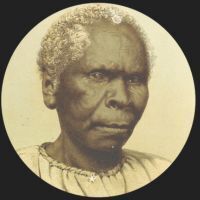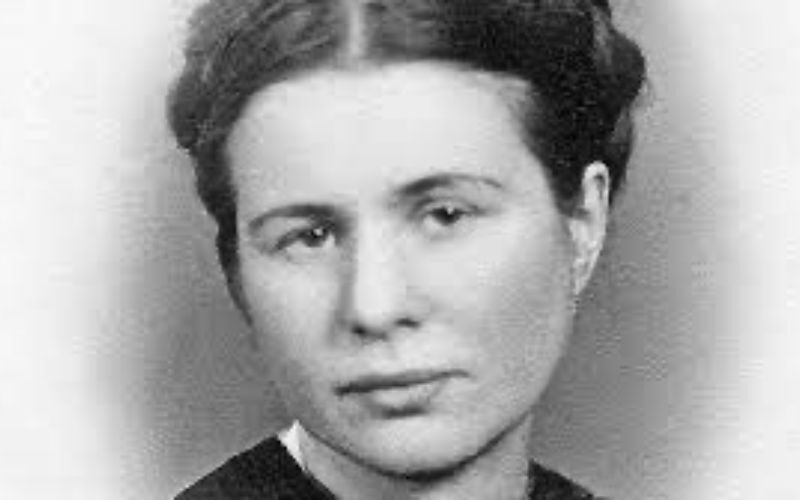Truganini

Truganini was a famous Tasmanian Aboriginal. She lived between 1812-1876. In her lifetime, she saw her people decimated by murder and disease but refused to be a passive victim. Her strength and determination persist today within the Palawah people who have lived in the region for over thirty thousand years.
In 1803, the first white settlers arrived in Tasmania, or Van Diemen's Land as it was known then, and began clearing and farming the land. Over four thousand Aborigines lived in Tasmania too. Fighting began and continued for many years and hundreds of Aborigines and Europeans were killed.
It was during this turmoil that Truganini was born, around 1812, in the Brundy Island area of Tasmania. She was a vibrant and beautiful girl whose father was an elder of the south-east tribe. By the time Truganini was aged seventeen, her mother was murdered by whalers, her sister abducted and shot by sealers and her husband-to-be murdered by timber fellers. Truganini was raped.
By 1830, the fighting was so widespread it was known as the 'Black War' and something had to be done to stop the killing. So colonial authorities appointed George Augustus Robinson, a builder and untrained preacher to mount a 'Friendly Mission' to find the three hundred remaining Aborigines who were deep in the Tasmanian bushland. His job was to convince the Aboriginal people to move to a nearby island.
When Truganini and her father met Robinson he told them he was their friend and would protect them. He promised that if they agreed to come with him he would provide blankets, food, houses and their customs would be respected. He also promised they could return to their homelands occasionally. Truganini could see that Robinson's promises were the only way her people could survive. She agreed to help Robinson and with her husband 'Wooraddy' and others. She spent the next five years helping Robinson find the remaining Aboriginal people.
Robinson needed Truganini and her friends to show him the way through the bush to find food and protect him, as well as to convince the remaining Aborigines to move to the island. Truganini even saved Robinson from hostile spears and drowning.
By 1835, nearly all the Aborigines had agreed to move to Flinders Island where a settlement had been set up at Wybalenna. Here Robinson intended to teach the Aboriginal people European customs. The Aborigines believed Flinders Island would be their temporary home and that they were free people who would be housed, fed and protected until they returned to their tribal lands.But instead the island became a prison and many became sick and died.
Truganani could see Robinson's promises would not save her people and began to tell people 'not to come in' because she knew they would all soon be dead. In 1838, Truganini and thirteen other Aborigines accompanied Robinson on another mission to Melbourne in Victoria but they could not help him this time.
When Truganini returned to the settlement at Wybelanna in 1842, it was without Robinson. The man, who had promised their race protection, had abandoned them. The Aborigines had no choice but to continue their unhappy exile on the island.
In 1847, Truganini and the remaining 45 people were moved to an abandoned settlement at Oyster Cove on the Tasmanian mainland. Conditions were even worse, but Truganini found some contentment because this was her traditional territory. She was able to collect shells, hunt in the bush and visit places that were special to her. Some say this made her strong again because she was the last of the group to survive.
In her later years she moved to Hobart to be cared for by a friend. Wearing her bright red cap, an adaptation of the red gum tips or ochre the Palawah people loved wearing in their hair, she became a well-known figure in town.
Truganini died in 1876 aged sixty-four, and was buried in the grounds of the female convict gaol in Hobart. Even though Truganini's dying wish was to be buried behind the mountains, her body was exhumed and her skeleton displayed at the museum until 1947. Her ashes were finally scattered on the waters of her tribal land , one hundred yearsafter her death.
Truganini is remembered as a proud and courageous survivor in a time of brutality and uncertainty. Today, descendants of those early tribal Aborigines maintain the indomitable spirit of Truganini.

